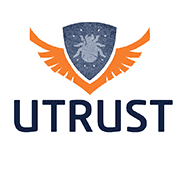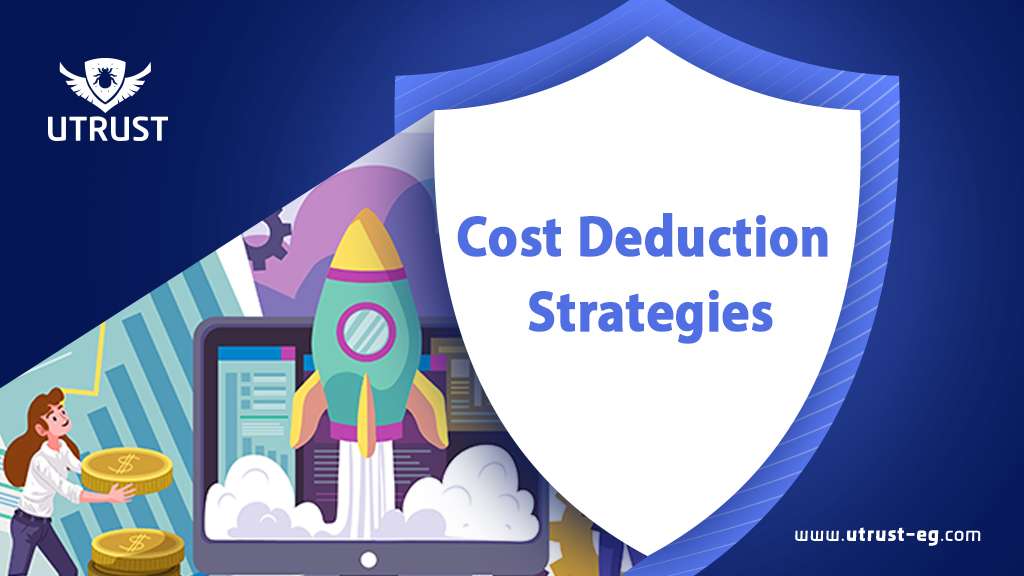Software testing is a critical phase in the software development lifecycle, ensuring quality and reliability of the final product. However, testing activities can sometimes be perceived as time-consuming and costly.
In this article, we will explore effective strategies to make cost deductions when conducting software testing. By implementing these strategies, organizations can optimize their testing processes while maintaining high-quality standards.
- Prioritize Testing Efforts:
Not all features or functionalities of a software application require the same level of testing. By prioritizing testing efforts based on criticality and impact, organizations can allocate resources efficiently. Focus on testing the core functionalities and areas that are most likely to impact end-users. This approach allows for targeted testing, reducing time and effort spent on non-essential areas.
- Test-Driven Development (TDD):
Test-Driven Development is an agile development approach that emphasizes writing tests before writing the actual code. By following TDD, developers can identify potential issues early in the development phase, reducing the need for extensive testing later on. This proactive approach not only saves time but also minimizes the cost of fixing defects in subsequent stages.
- Test Automation:
Automation is a game-changer when it comes to cost reduction in software testing. By automating repetitive and time-consuming test cases, organizations can significantly reduce the effort and resources required for testing activities. Automated tests can be executed repeatedly, ensuring consistent results and freeing up manual testers to focus on more complex scenarios. Invest in robust test automation frameworks and tools to maximize cost savings.
- Risk-Based Testing:
Risk-based testing involves identifying and assessing potential risks associated with the software application. By conducting a thorough risk analysis, organizations can tailor their testing efforts to mitigate the highest priority risks. This approach enables efficient allocation of resources and prioritization of test cases, reducing unnecessary testing in low-risk areas. It ensures that testing efforts are aligned with the most critical aspects of the software.
- Testing Environment Optimization:
Creating and maintaining testing environments can be costly. To reduce expenses, organizations can optimize their testing environments by leveraging virtualization and cloud-based solutions. Virtual environments allow for quick provisioning and configuration of multiple test environments, eliminating the need for costly physical hardware. Cloud-based testing platforms offer scalability, flexibility, and cost-effectiveness by providing on-demand resources for testing activities.
- Continuous Integration and Continuous Testing:
Implementing continuous integration and continuous testing practices can streamline the testing process and reduce costs. By integrating testing early and frequently into the development cycle, organizations can catch defects early, reducing the effort required for bug-fixing later on. Continuous testing also helps in maintaining a stable codebase, minimizing the risk of costly rework and regression issues.
- Outsourcing and Crowdsourced Testing:
Consider outsourcing non-core or specialized testing activities to third-party vendors or leveraging crowdsourced testing platforms. Outsourcing can provide cost advantages by tapping into the expertise of testing professionals without the need for full-time resources. Crowdsourced testing allows organizations to access a diverse pool of testers who can provide valuable feedback and insights at a lower cost compared to maintaining an in-house testing team.
Conclusion
Software testing is essential for delivering high-quality software products, but it doesn’t have to be excessively costly. By implementing these cost deduction strategies, organizations can optimize their testing activities without compromising on quality. Prioritizing testing efforts, embracing automation, leveraging risk-based testing, optimizing testing environments, and adopting continuous testing practices are all effective ways to reduce costs while ensuring a robust and reliable software application. With careful planning and strategic implementation, organizations can achieve cost savings while maintaining the desired level of quality in their software testing endeavors.
Comments are closed.






